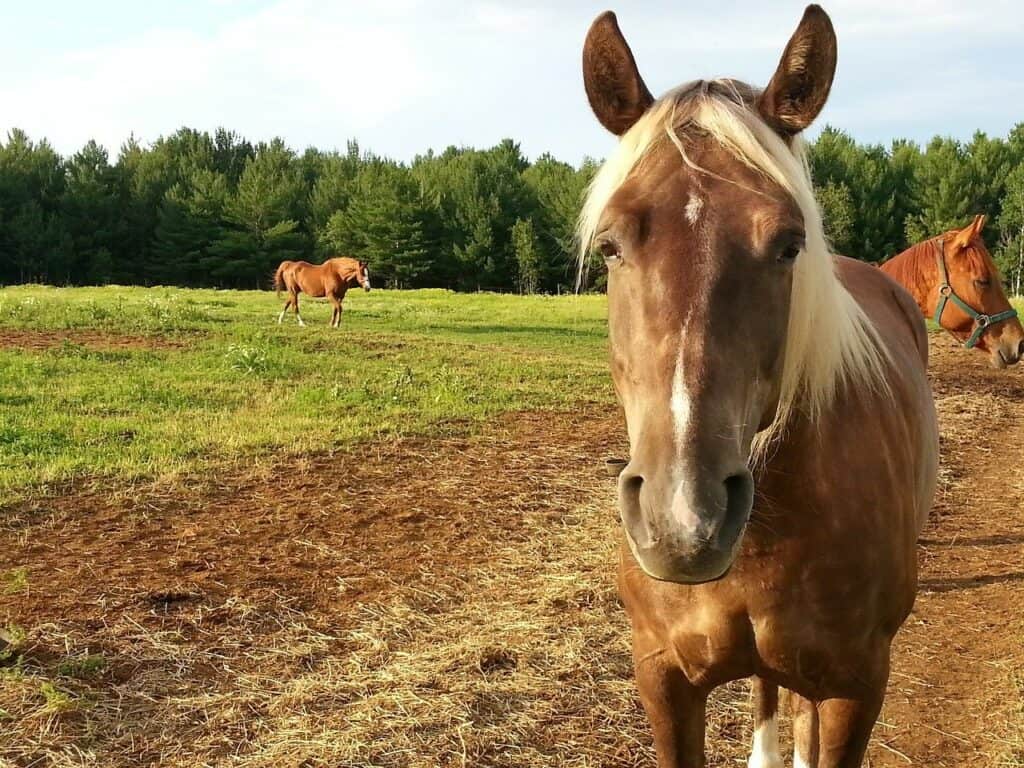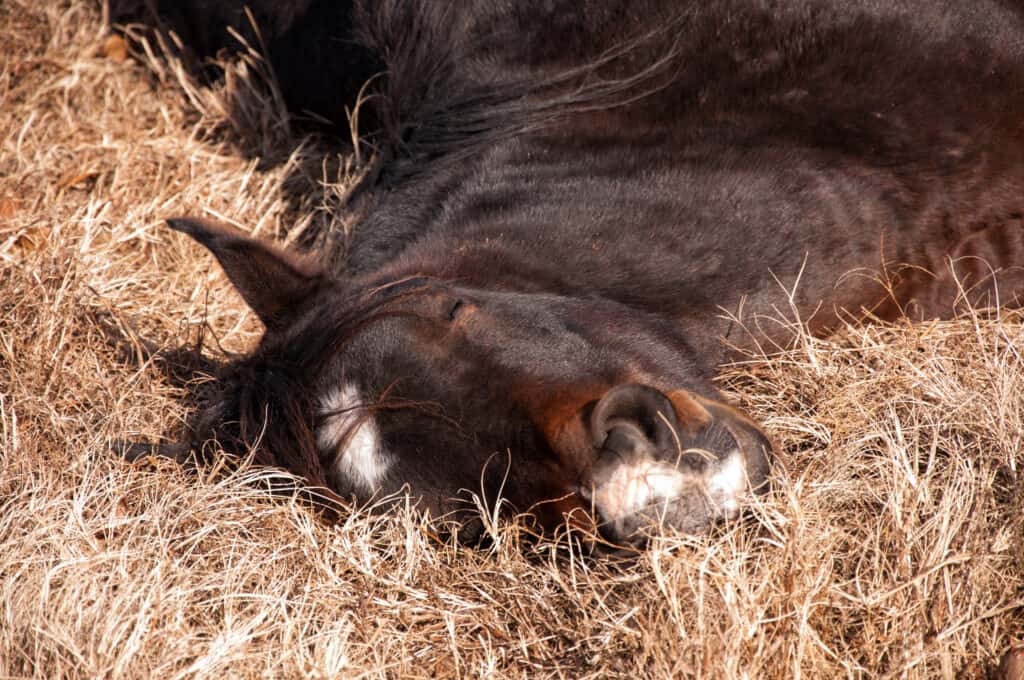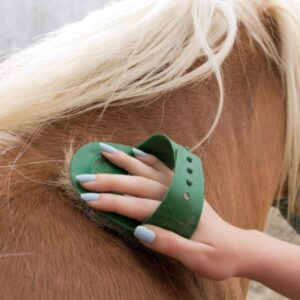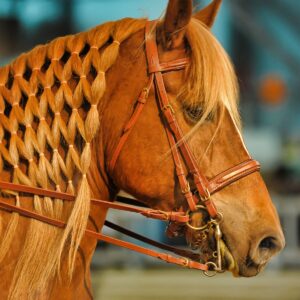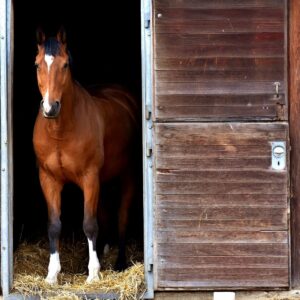All animals under the sun can suffer from heatstroke. Horses are not an exception. Have you ever been riding and felt utterly exhausted by the sun? Imagine you are wearing a fur coat, a blanket, and carrying up to 20% of your body weight on your back. Doesn’t sound inviting, does it? However, it is something we put our horses thru on a regular basis. To be responsible horse owners, we need to be aware of heatstroke signs and know what to do to help our horses.
What is Heatstroke?
Heatstroke is also called heat exhaustion and hyperthermia. In our article on Horse Sweating: What’s Normal and What’s Not, we discuss how horse’s use sweat to cool their body temperatures down. Working in excessively hot and humid weather can make it hard for a horse to keep his body temperatures at a normal range of 99 to 100 degrees. If the horse’s temperature rises rapidly to 106 - 110 degrees, he will suffer heatstroke or possibly death.
What Causes Heatstroke in Horses?
If a horse works beyond its physical condition, it will be especially susceptible to experiencing heat exhaustion. A horse with a low body score needs to be watched closely. If humid conditions keep the sweat from evaporating or the horse cannot sweat, their body won’t cool, causing them to get a “fever.” If the fever goes too high, the result is heat stress that can lead to heatstroke. Horses that have experienced heat exhaustion before are very likely to experience it again if you don’t take precautions. Don’t forget to check on the horses standing around in the pasture. They can suffer heat stress also. In addition to losing water, horses lose electrolytes when they sweat. It is a balancing act to sweat and keep the right amount of electrolytes needed to avoid dehydration. If a horse is dehydrated, they can’t sweat properly to cool their bodies down.
Signs of Heatstroke in Horses
The symptoms of heatstroke can fluctuate in severity and will vary from horse to horse. Excessive sweating and rapid short breaths are some of the first signs of heat stress. It is important to remember that horses can develop anhidrosis (failure to sweat). If your horse is not sweating in comparison to what you expect, take its temperature!
Sweating and short breaths may or may not be accompanied by muscle tremors. A horse who is heat stressed will be lethargic or restless. They may also have a stumbling gait.
If your horse is experiencing these symptoms, use these steps to further check for heat exhaustion.
- Take a rectal temperature (103 and higher is a reason for concern)
- Check for dehydration using the skin tent test
- Check for an elevated heart rate that doesn’t slow down after time (above 60-64 bpm 10-15 mins after a workout is a reason for concern)
- Breaths should recover to below 64 bpm within 30 mins. after a workout.
Dehydration can cause an electrolyte imbalance. Electrolytes provide what a horse needs for most of the activities that support life. If your horse is dehydrated, it is crucial to replace the electrolytes. Dehydration can also lead to colic.
How to Treat Heatstroke in Horses
To treat heatstroke, the first thing to do is cool the horse down as quickly as possible. Soak the horse’s body with cold water. In extreme cases, use ice water. If possible, have a fan blowing on the wet horse. If fans are not available, find a shady area.
Horses cannot immediately replace the electrolytes they lose through sweat. It is up to us to help them replace them. A veterinarian may want to administer electrolytes intravenously. (Read more about electrolytes here.)
Observation is important. You will want to watch for signs of colic, caused by dehydration. Keep monitoring vital signs. If the vital signs do not improve, be sure to call your veterinarian.
Prevention of Heatstroke in Horses
Our equine partners will work themselves sick for us. Heatstroke can be avoided if you take some precautions when the weather is hot and humid, conditioning out of shape horses and working with horses that have respiratory disease. In addition, we need to pay attention to how much they are sweating (or not) and how they are breathing. Be sure to know what is normal vital signs and how to take them.
Final Thoughts
Horses carry a fur coat all year long. When the weather is hot and humid, we need to pay attention to the physical signs, so our horses don’t get heatstroke. Plenty of water and shade needs to be provided, and precautions need to be taken when we are asking them for manual labor. Out of shape horses cannot handle the same workload as fit horses. Enjoy the ride, but take precautions so your equine partner will be around for years to come.
Horse Courses by Elaine Heney
- Listening to the Horse - The Documentary by Elaine Heney & Grey Pony Films
- Shoulder In & Out Training for better balance, bend & topline development with your horse
- Over 110+ Polework Exercises & Challenges to Download
- Dancing at Liberty & Creating Connection with Your Horse (11 lessons) - Grey Pony Films


